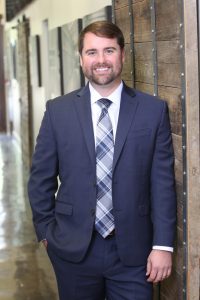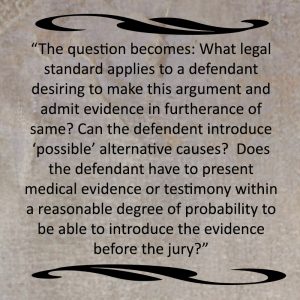 Most people know that a lawsuit begins with the filing of a complaint followed, in most cases, immediately by the filing of an answer. Universally referred to as “pleadings,” these legal documents serve as the parties’ first formal written statements setting out either the claims against or defense to another party’s claims in a civil action. What is not universal, however, is the requirements for parties and lawyers when bringing these actions. Depending on the court in which they are filed, claims being asserted, and available defenses, the pleading standard can vary tremendously. For example, for litigants bringing cases in United States Federal Districts Courts, the pleading standard requires that the complaint must set forth at least “enough facts to state a claim for relief that is plausible on its face.” Ashcroft v Iqbal, 556 U.S. 662 (2009). For litigants in Alabama State Courts, however, the pleading requirements are materially broader and far less scrutinized when compared to the federal standard. While Alabama’s liberal pleading standard simplifies the process for bringing actions, it can potentially create major problems on the back-end of a case for lawyers with their clients.
Most people know that a lawsuit begins with the filing of a complaint followed, in most cases, immediately by the filing of an answer. Universally referred to as “pleadings,” these legal documents serve as the parties’ first formal written statements setting out either the claims against or defense to another party’s claims in a civil action. What is not universal, however, is the requirements for parties and lawyers when bringing these actions. Depending on the court in which they are filed, claims being asserted, and available defenses, the pleading standard can vary tremendously. For example, for litigants bringing cases in United States Federal Districts Courts, the pleading standard requires that the complaint must set forth at least “enough facts to state a claim for relief that is plausible on its face.” Ashcroft v Iqbal, 556 U.S. 662 (2009). For litigants in Alabama State Courts, however, the pleading requirements are materially broader and far less scrutinized when compared to the federal standard. While Alabama’s liberal pleading standard simplifies the process for bringing actions, it can potentially create major problems on the back-end of a case for lawyers with their clients.
Often referred to as a “notice” or “no-set-of-facts” pleading standard, complaints in Alabama are merely required to include “a short and plain statement of the claim showing the pleader is entitled to relief.” Ala. R. Civ. P. 8 (a). Over time, this culture of pleading the bare minimum has, in many cases, lead to minimal review and response from the other party. Despite routine compliance with the minimal pleading standard, such a lackadaisical approach often results in the neglect of important requirements set out in other rules of civil procedure.
The standard and requirements for civil pleadings in Alabama are, in large part, governed by Alabama Rules of Civil Procedure Rules 8 and 12. Pursuant to Rule 12(a), once served with a summons and complaint, a defendant has 30 days to file a responsive pleading. Under Rule 8, a party’s failure to respond to or deny any averment raised in the Complaint, other than those of damages, amounts to an admission of those claims. Given that the vast majority of answers are timely and amount to a blanket denial to everything raised in the complaint, these two requirements are largely inconsequential. Often overlooked by practitioners, however, are the requirements for raising certain defenses and, more importantly, the consequences for failing to do so.
 Alabama Injury Law Blog
Alabama Injury Law Blog







